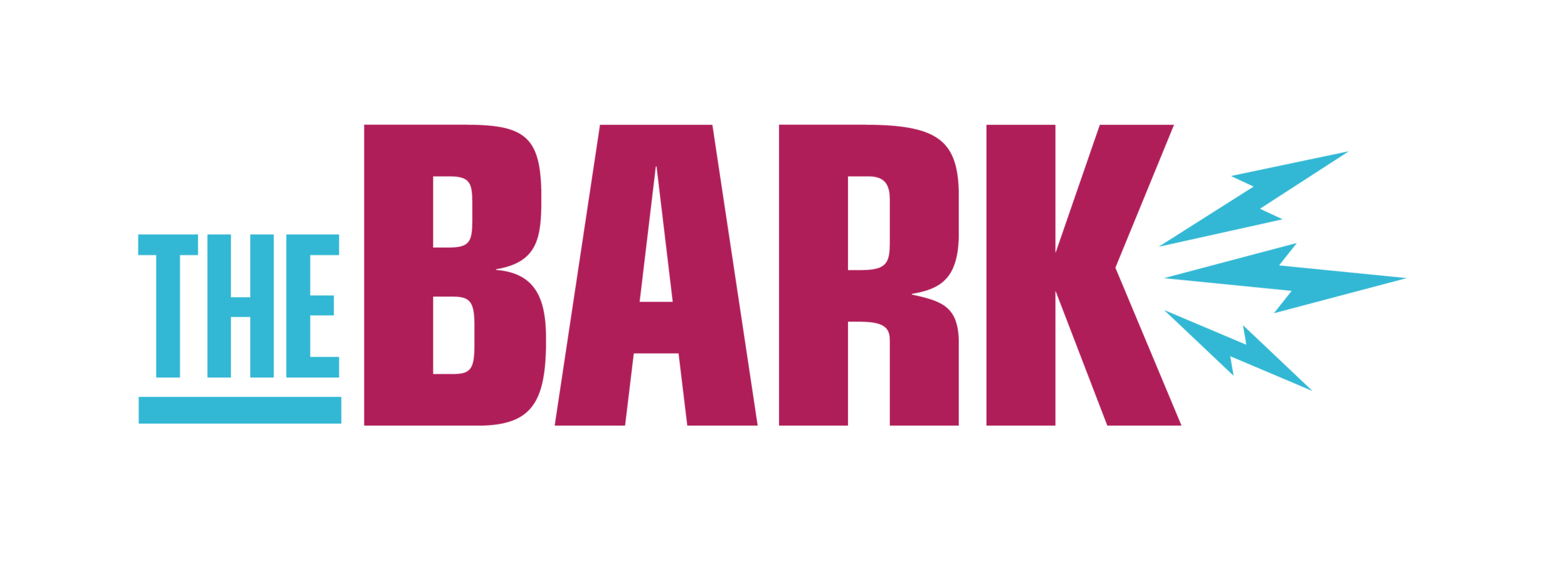Election 101: The basics of the 2020 election process in Minnesota
Graphic courtesy of Chas Morgan
2020 brings with it an important election season for the United States. As a part of the 2020 presidential election, political parties will need to decide a singular nominee to take a spot on the ballot this fall.
While the Republican National Committee (RNC) will almost certainly feature President Donald Trump, the Democratic National Committee (DNC) will need to decide on one name from the dozens that joined the race last year to take on the incumbent president.
That is where primaries come in. Primaries are held in all 50 states, along with the District of Columbia and U.S. territories like Puerto Rico and Guam.
These primaries are the main way individual Americans can actively affect who becomes the Democratic nominee for president. Elections vary in method from state to state, as they are organized by each state’s branch of the DNC or RNC.
Following a chaotic first caucus of 2020 in Iowa, which faced delays in results and concerns over the quality of results, it’s become clear that improved education and information around the primaries may prove vital for the upcoming election.
Here’s what you need to know about the Minnesota primaries, how they work, and how to get involved.
The Minnesota primaries will be on March 3, 2020, the same day as 13 other states in what is often referred to as “super tuesday.” It has been reported that President Trump will be the only name present on the RNC ballot for Minnesota, leaving the DNC primary the main story of the day.
The Minnesota DNC awards 92 total delegates, with 75 of those delegates being awarded based on the results of the Minnesota Democratic primary.
According to the the Democractic Farmer Labour Party (DFL), the Democratic ballot in Minnesota will feature the following candidates: Amy Klobuchar, Andrew Yang, Bernie Sanders, Cory Booker, Deval Patrick, Elizabeth Warren, Joseph Biden, John K. Delaney, Julián Castro, Marianne Williamson, Michael Bennet, Michael R. Bloomberg, Pete Buttigieg, Tom Steyer, and Tulsi Gabbard.
Despite the possibility that some of those candidates will have dropped out by the time of the Minnesota primaries, all 15 names on the ballot will remain the same. An example of this can already be found in Juliám Castro, who suspended his campaign in January and endorsed Elizabeth Warren.
The Minnesota primaries will function as an open primary. Open primaries do not require participants to be registered to specific parties and are essentially open to all people who qualify to vote in the state of Minnesota.
This means that traditionally independent voters can take part in the RNC or DNC primaries and that traditionally Republican or Democratic leaning people can vote in the other’s primary without having to dramatically change their memberships in any way.
While open primaries allow a certain amount of fluidity for participants regardless of previous party position, voters can only fill out one ballot. Voters will be asked to choose the DNC or RNC ballot, thus making themselves unable to fill out the other.
As stated by the Office of the Minnesota Secretary of State, Steve Simon, primary voting in Minnesota is done at your respective polling location; the same location one would go to vote for the president in the official election or for local and state offices. Specific polling locations can be found on the State of Minnesota’s pollfinder site or by contacting local officials.
While the primaries are open to everyone, it is important to remember that Minnesotans will need to be registered voters, as in any other election, to take part. Further information on registration can be found on the website of the Minnesota Secretary of State, Steve Simon.

